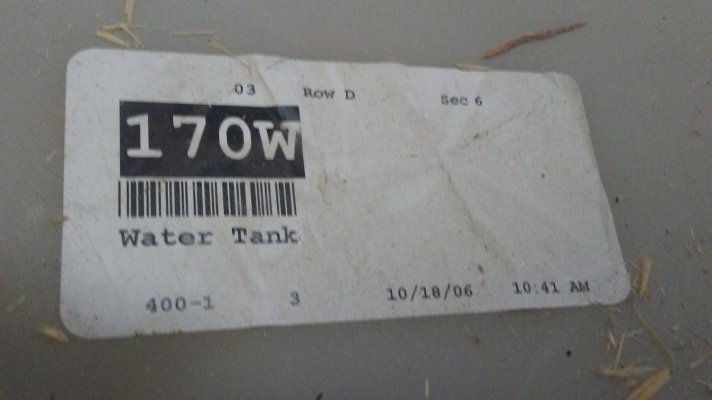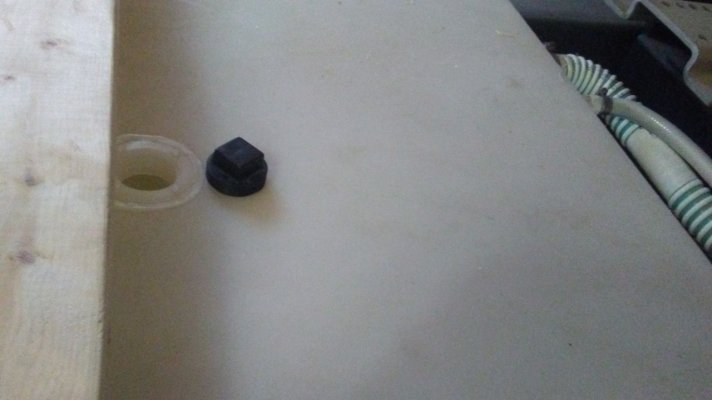kriemermann
New member
- Joined
- Jul 25, 2017
- Posts
- 3
We are new to RV'ing and got lots of good help here last summer when we were in electrical crisis mode. Now I hope you can help as we plan this year's trip!
I am sanitizing the water tank for the first time to prep for our trip; we've never actually filled it before. I hooked up the hose to the external outlet and used that to fill the tank. The tank itself is located under the bed, which I can lift to see the tank and also see/use the valve to empty the tank. On the top of the water tank is a circular cap. I had it closed but realized that the tank would not fill that way, because there was no air release. So I first loosened the cap, then removed it entirely while it filled.
My question is this: Should the cap be removed when filling and when using the water tank? It provides a place for the pressure to equalize, but it also seems less sanitary to have the tank just open. And would the water slosh around, and eventually out and into the interior of that space or the underside of the bed, if it was not covered at all? What is the best way to handle this?
Thank you!
I am sanitizing the water tank for the first time to prep for our trip; we've never actually filled it before. I hooked up the hose to the external outlet and used that to fill the tank. The tank itself is located under the bed, which I can lift to see the tank and also see/use the valve to empty the tank. On the top of the water tank is a circular cap. I had it closed but realized that the tank would not fill that way, because there was no air release. So I first loosened the cap, then removed it entirely while it filled.
My question is this: Should the cap be removed when filling and when using the water tank? It provides a place for the pressure to equalize, but it also seems less sanitary to have the tank just open. And would the water slosh around, and eventually out and into the interior of that space or the underside of the bed, if it was not covered at all? What is the best way to handle this?
Thank you!


